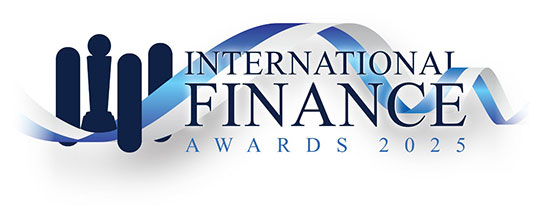Real-time analytics is at a tipping point within the financial services industry with its full potential likely to be fully realised by banks within the next few years. Data in and of itself is not necessarily the king. Rather, it is what organisations can do with the knowledge and insight the data provides that makes it key.
By leveraging real-time analytics, banks are better equipped to create an enhanced customer experience, overcome constraints of legacy technology, drive greater value from customers and combat fraud. At the same time, greater adoption of real-time analytics, and eventually artificial intelligence, will continue to help banks evolve and manage the multitude of challenges they face today, including determining the appropriate next step on their digital transformation journeys as we look towards the new normal.
Understanding customers to deliver a better experience
Real-time analytics provides accurate of-the-moment insight into customer behaviours, preferences and financial history. Banks are fast recognising that this 360-degree-view offers a deeper knowledge of customers at the point of transaction, ultimately enabling great customer service and cross-selling opportunities. The opportunity to build stronger client relationships cannot be ignored, especially when banks are under pressure from a range of competitors from neobanks to apps that enable consumers to make active financial decisions.
Before diving in, however, it is important to understand that implementing real-time analytics takes time, effort and patience. It also requires strong consideration of how to embed the insights derived across the organisation.
Supporting the journey from legacy tech
Many financial services companies’ systems and processes were originally developed decades ago, which can complicate the introduction of new technology. But the good news is, there are options available to banks to help ensure they can fully harness the power of real-time analytics. Accessing data across multiple platforms built across multiple decades is a challenge. Getting a handle on the data your institution already has and realising the impact of combining different data sets will help to drive even better outputs and learnings within the institution.
In some cases, this has slowed—and even complicated—the process of establishing real-time analytics programmes. As such, some organisations have embarked on projects to ‘rewire’ their systems to allow for the integration of new technology. Others have seen a better path in looking to third parties, such as smaller, more nimble fintechs, to provide the technology and analytics with their institution needs. It is then a matter of integrating fintech into the existing system, an operation that has been made much smoother by the ability to utilise open banking. Such partnerships are contributing to the growing trend of banks leveraging the abilities of other businesses to maintain their competitive edge.
Overcoming fraud
The estimated cost of fraud is $32 billion in 2020. And as fraudsters continue to deploy new techniques, especially amid the remote environment presented as a result of the global pandemic, the challenge of tackling the problem grows increasingly important. Real-time analytics has the potential to provide great value and direct savings to banks through the reduction of fraud loss and the early detection of fraudulent transactions.
Banks and financial services providers are already applying real-time analytics to identify, flag and pause suspect transactions. The efficiencies this provides the industry amount to savings of hundreds of millions per year. More importantly, there is potential for applications of real-time analytics to be more widely applied, thus reducing fraud losses even further. The industry must move towards the widespread implementation of technology, like real-time analytics to eradicate current challenges while simultaneously learning to prevent new fraud techniques.
The growing opportunity
Real-time analytics also have the opportunity to impact the business banking world, where its application is still relatively untapped. This opportunity will be even greater when Artificial Intelligence is fully harnessed by the industry. Artificial intelligence will allow for intuitive, real-time analysis during transactions and enable insights to recommend new, different or better products and services dependent on the needs of the customer. These abilities could help to support many SMEs as they reassess their finances following the impact of Covid-19 and as government support packages come to an end.
With real-time analytics, its potential has yet to be fully realised across the industry. But now is the time for banks to consider taking the next step in incorporating actionable insights into their decision-making processes to advance on their competition while meeting their customers where they are.
And while any technology enhancement within a financial institution can seem daunting, especially when legacy systems are involved, there is value in exploring symbiotic partnerships with nimble fintechs to bring the latest innovations like real-time analytics well within reach.


